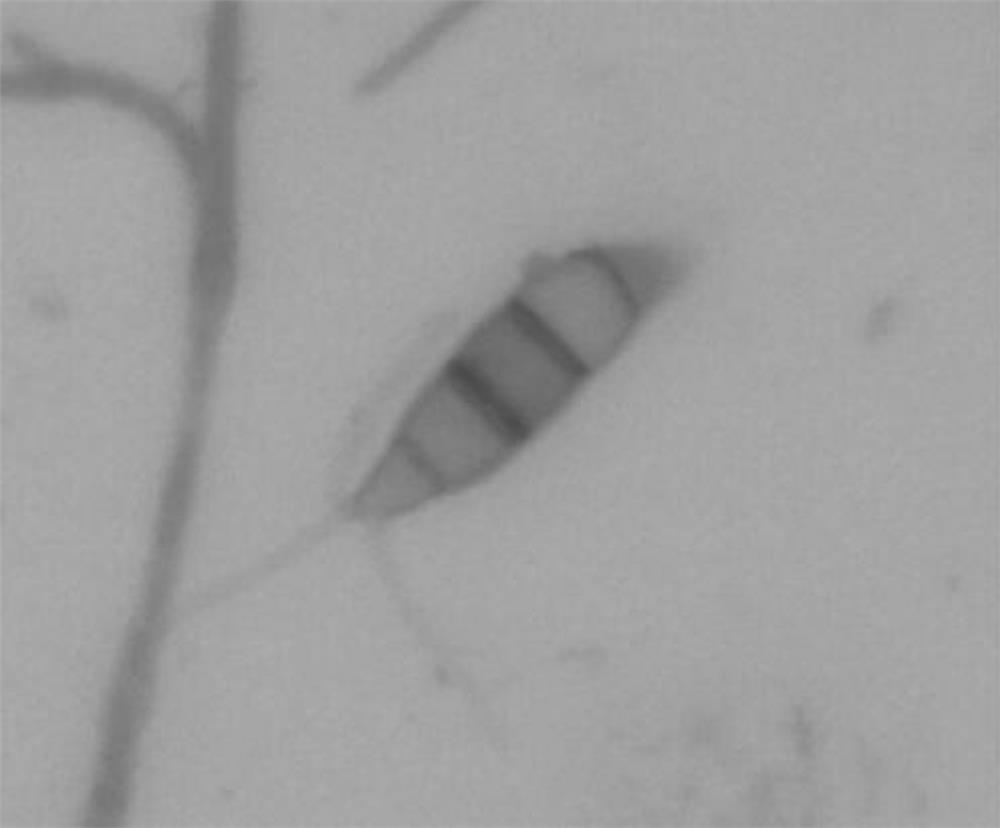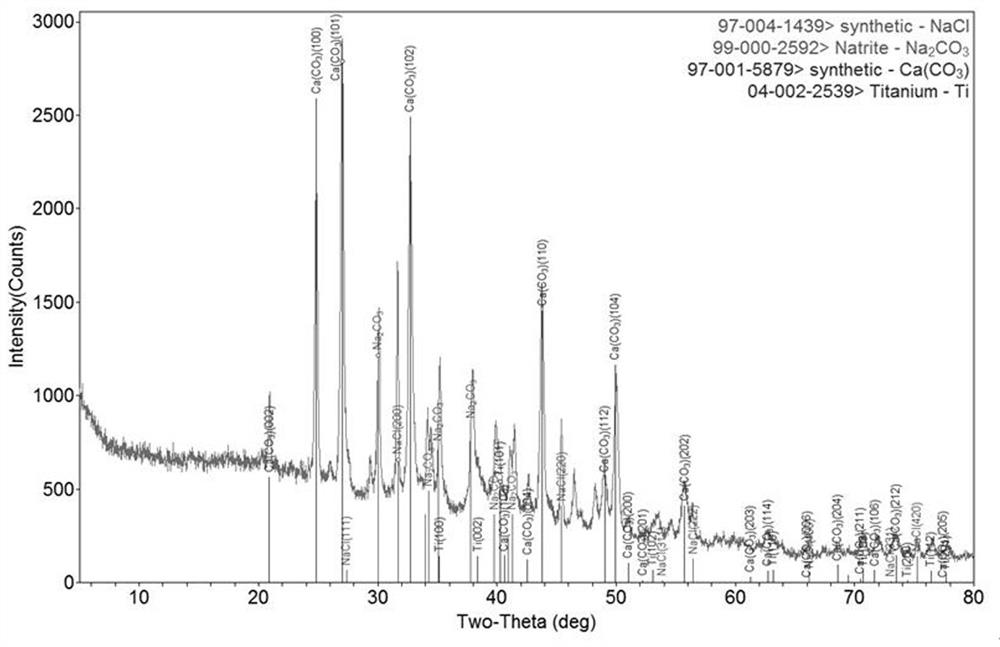Heavy metal resistant pestalotiopsis neohirsuta microorganism and application thereof
A technology of Polychaeta pseudodiscoides and heavy metals, applied in the direction of microorganisms, microorganism-based methods, applications, etc., can solve the problems of re-release of heavy metals, polluted soil, limited microbial biomass, etc.
- Summary
- Abstract
- Description
- Claims
- Application Information
AI Technical Summary
Problems solved by technology
Method used
Image
Examples
Embodiment 1
[0030] (1) Take 1g of soil from the heavy metal polluted farmland around Xiangtan Manganese Mine;
[0031] (2) Use 1 mL of sterile water to dissolve the soil sample, react in a shaker at 150 rpm for 1 min, and let stand for 10 min;
[0032] (3) Take 1 mL of the supernatant, and serially dilute 10 1 、10 2 、10 3 、10 4 、10 5 times;
[0033] (4) Use PDA medium and Bengal red medium to culture microorganisms for 1-7 days, and the medium contains heavy metals of different concentrations, among which the Cr concentration is 100mg / L, 150mg / L, 200mg / L, and the Cd concentration is 100mg / L, 150mg / L. L, 200mg / L, Pb concentration 300mg / L, 400mg / L, 500mg / L, Mn concentration 5000mg / L, 7000mg / L, 10000mg / L;
[0034] (5) Screen heavy metal-resistant microorganisms for strain identification;
[0035] (6) Select composite Cr, Cd, Pb, Mn resistant microorganisms Neopestalotiopsis sp. MCT-13 carried out physiological and biochemical tests (table 1, figure 1 ).
[0036] Test ite...
Embodiment 2
[0038] (1) Neopestalotiopsis sp. MCT-13 containing 50mg / L Cd 2+ PDA medium for 3 days;
[0039] (2) Add straw and continue to cultivate for 3 days, the concentration of straw is 100:1 (g:L), and the mixture of bacteria and straw is dried by circulating suction;
[0040] (3) 500 o Under the condition of C, burn for 2 hours in an oxygen barrier to prepare biochar;
[0041] (4) XRD characterization of biochar confirms Cd 2+ Convert to CdCO 3 precipitation, is effectively cured ( figure 2 ).
Embodiment 3
[0043] (1) Neopestalotiopsis sp. MCT-13 containing 200mg / L Ca 2+ PDA medium for 4 days;
[0044] (2) Add 100 mesh straw, the concentration of straw is 50:1 (g:L), and continue to cultivate for 10 days;
[0045] (3) at 121 o Under the condition of C, after steam reaction for 1 hour, freeze-drying;
[0046] (4) 600 o Under the condition of C, the biochar composite material was prepared by firing for 1 hour in an oxygen barrier;
[0047] (5) XRD characterization confirmed Ca 2+ CaCO 3 , successfully prepared loaded CaCO 3 The biochar composite material ( image 3 ).
PUM
 Login to View More
Login to View More Abstract
Description
Claims
Application Information
 Login to View More
Login to View More - R&D
- Intellectual Property
- Life Sciences
- Materials
- Tech Scout
- Unparalleled Data Quality
- Higher Quality Content
- 60% Fewer Hallucinations
Browse by: Latest US Patents, China's latest patents, Technical Efficacy Thesaurus, Application Domain, Technology Topic, Popular Technical Reports.
© 2025 PatSnap. All rights reserved.Legal|Privacy policy|Modern Slavery Act Transparency Statement|Sitemap|About US| Contact US: help@patsnap.com



